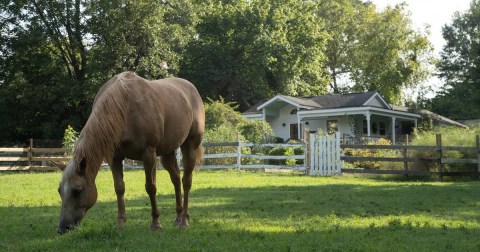What You'll Discover In These 7 Deserted Alabama Towns Is Truly Grim
There are many ghost towns located throughout Alabama. Some are preserved as historical sites, while others continue to slowly fade away. In most Alabama ghost towns, several different types of remains have been left behind as a reminder of the state’s great history. Let’s take a look at 7 of these ghost towns below.
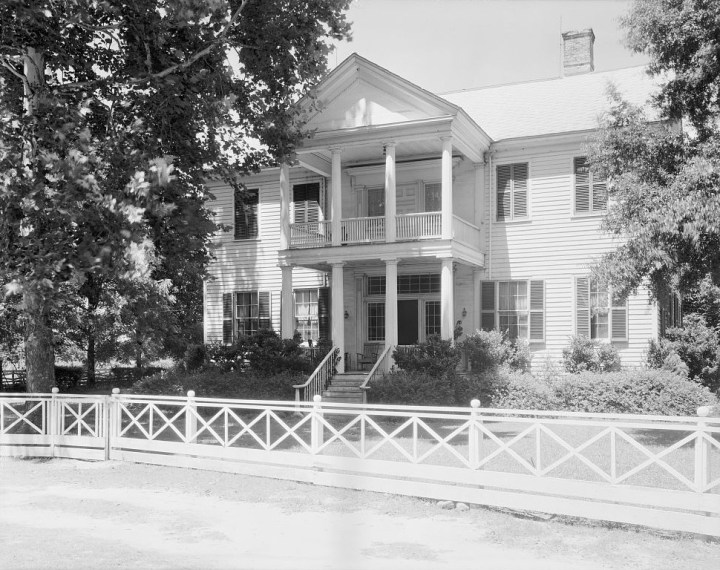
Claiborne, located in Monroe County, began in 1816. After the Creek War, it became one of the fastest growing communities in what would later become Alabama. In 1820, Claiborne was incorporated as a town, and it continued to expand throughout the 1830s. Throughout the 1840s and 1850s, it continued to be a shipping port and trading center. At the end of the American Civil War, the town's population declined and the only things left remaining included the James Dellet House (pictured) and three 19th century cemeteries.
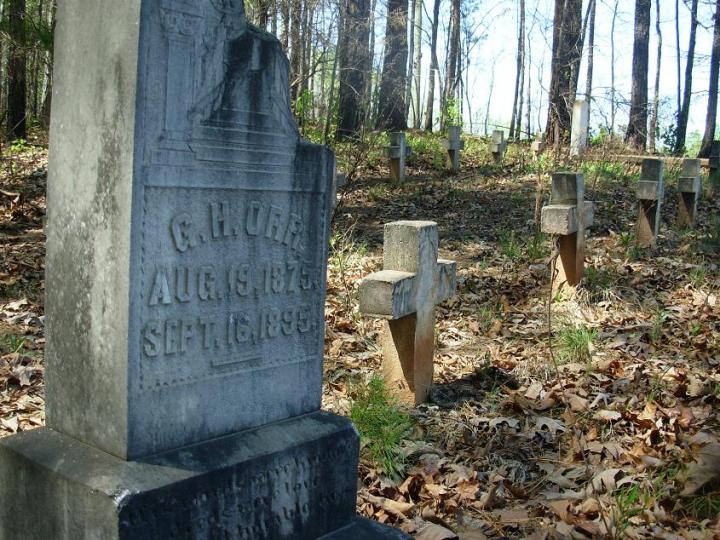
Louina, founded in 1834 and located in Randolph County, was settled after the Battle of Horseshoe Bend. Louina lasted until about 1905. And at one time, it was the largest town in the county. Back then, the town had two churches, several stores and a gristmill. Today, Liberty West Baptist Cemetery is one of the only things remaining in Louina.
Advertisement
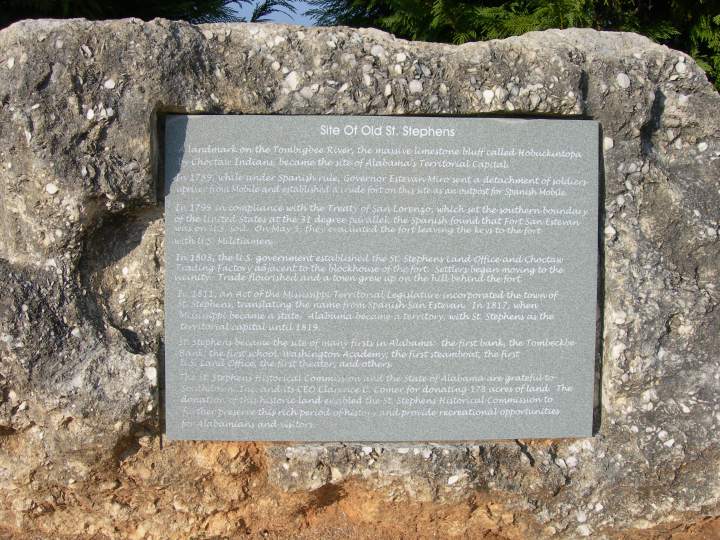
Two sites make up St. Stephens: Old St. Stephens and New St. Stephens. Old St. Stephens was the capital of the Alabama Territory from 1817 to 1819. This historic ghost town is now encompassed by Old St. Stephens Historical Park, which features streets, building foundations and cellar depressions.
Advertisement
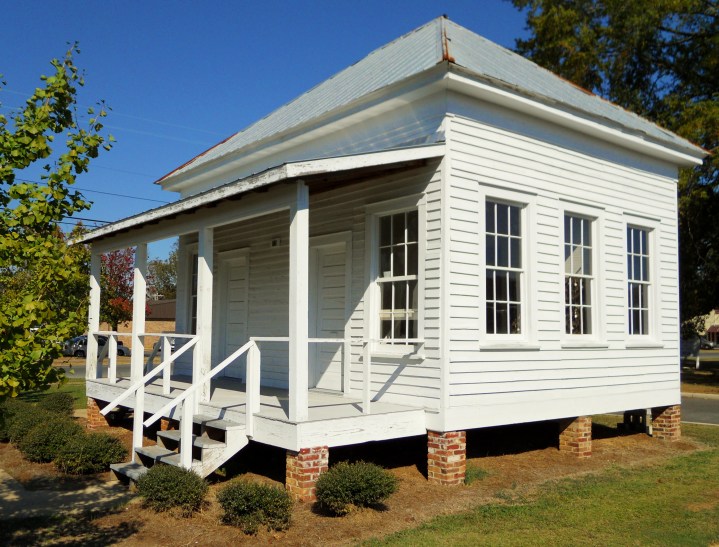
Gantts Quarry, incorporated in 1910, is a quarry and ghost town in Talladega County. According to the U.S. Census, Gantts Quarry had a population of 542 in 1930. Due to the high demand of marble during the Great Depression, the population began to decline. In 1940, its population was 456, and in 1973 it had declined to 63 residents. In 1990, Gantts Quarry had seven residents. By 2000, the town's population was zero. Gantts Quarry had its own post office/library (pictured). This post office was relocated to Sylacauga, behind the B.B. Comer Museum.
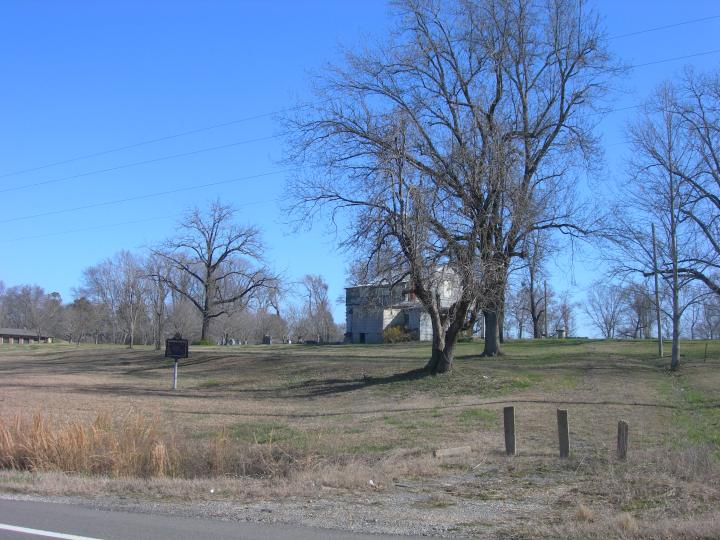
From 1820-1882, Pikeville was the first permanent county seat of Marion County. It was incorporated in 1827, and all that's left standing today includes the courthouse, a city cemetery, a civil war cemetery and the remains of General Jackson's Military Road.

During the years 1820 to 1825, Cahawba was Alabama's first permanent capital. It was once a thriving antebellum river town, but today it's a ghost town and archaeological park. By 1900, many of the town's buildings had either burned down or been dismantled. An example of ruins that remain in Cahawba include the Crocheron Columns (pictured). These belonged to the Chrocheron House that was built around 1843.
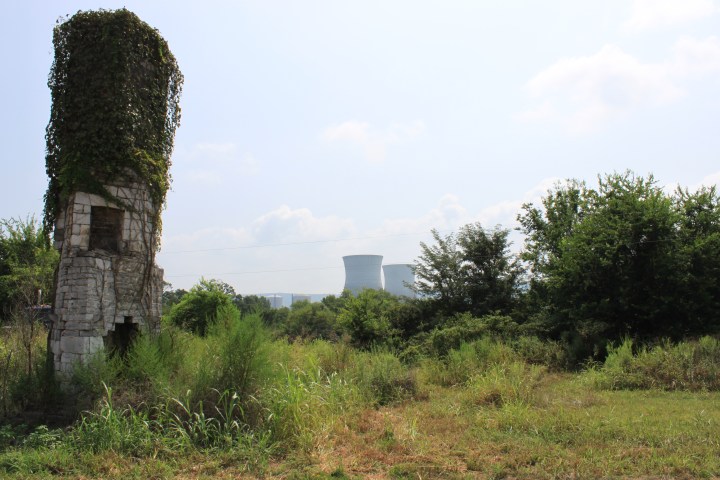
Bellefonte, located in Jackson County, was incorporated in 1821 and sits near the Bellefonte Nuclear Generating Station. At the time the town became incorporated, it had nearly 200 residents. A courthouse, post office and church were built throughout the following decade. Bellefonte was completely damaged and abandoned by the 1920s. Today, the only things remaining in this ghost town are the chimney of the local inn (pictured), the town cemetery and lots of bricks.
Have you explored these ghost towns? If so, what did you think?
OnlyInYourState may earn compensation through affiliate links in this article. As an Amazon Associate, we earn from qualifying purchases.

